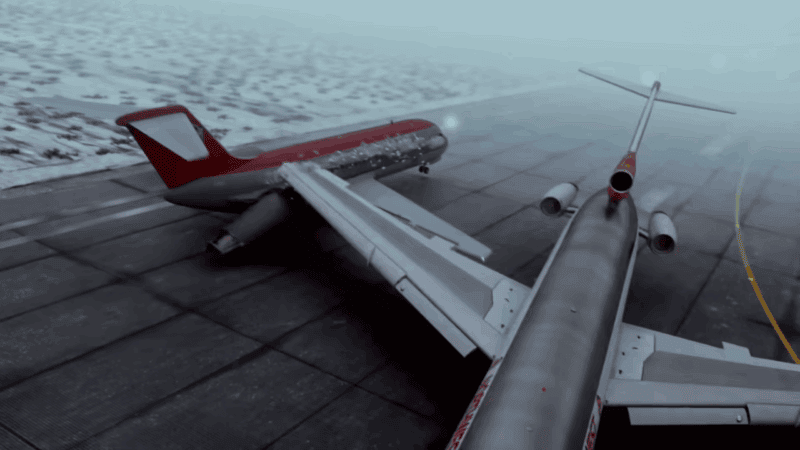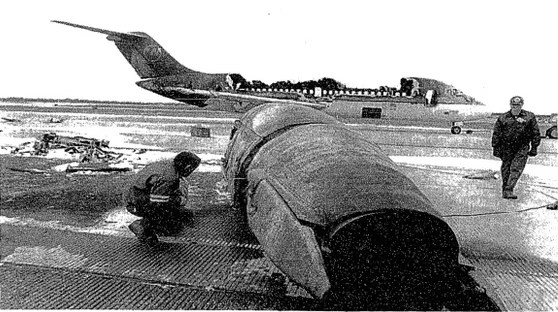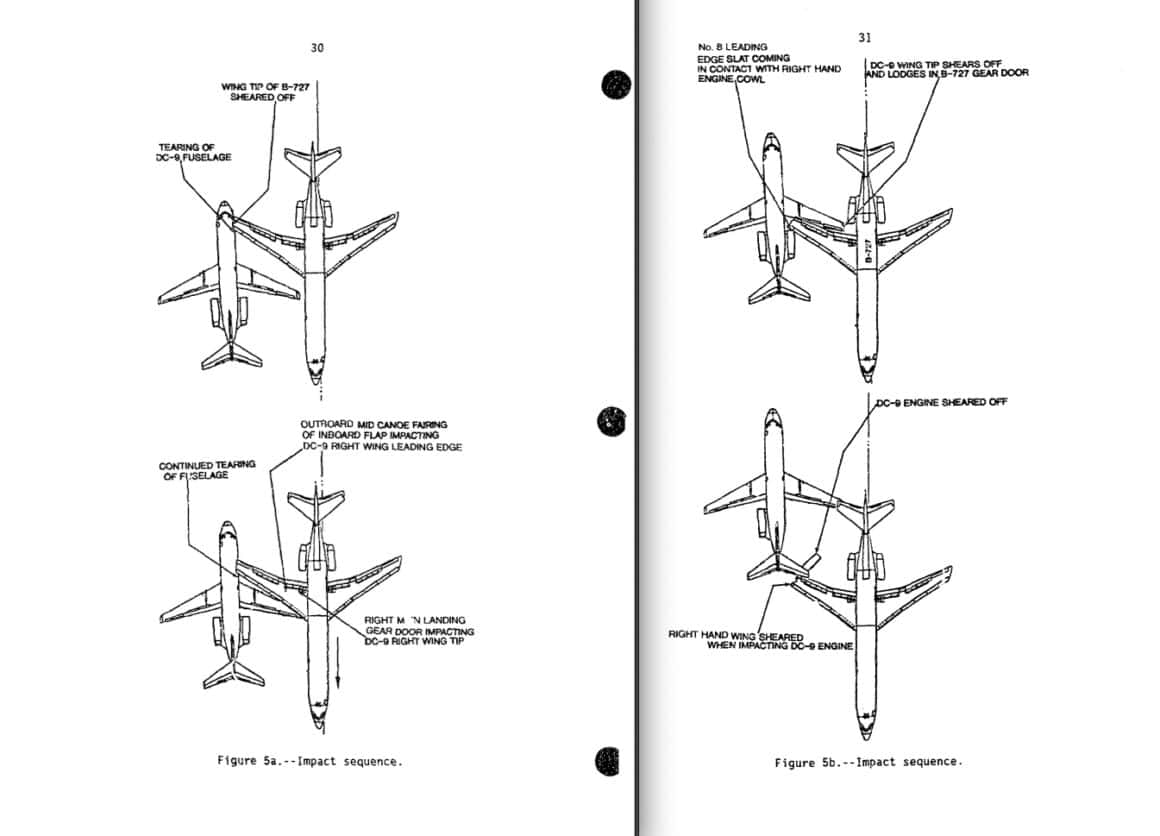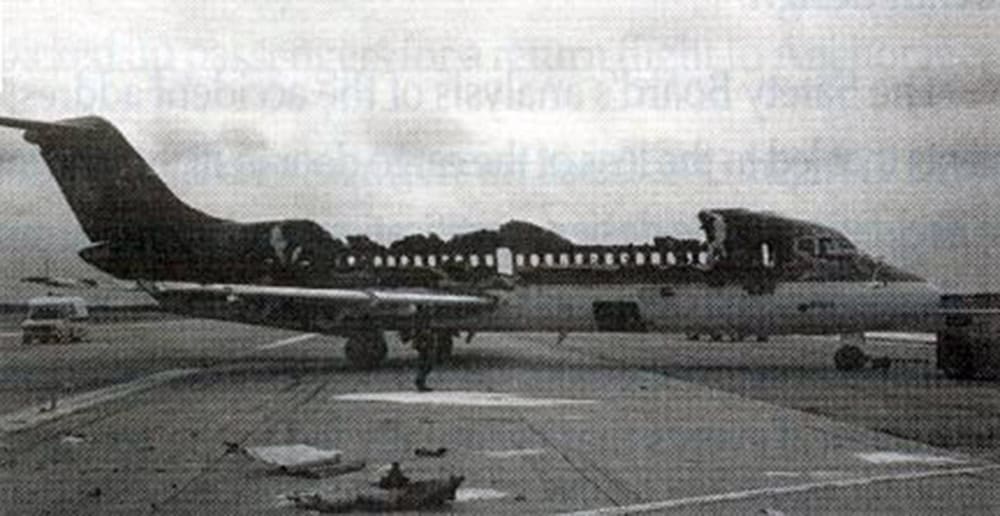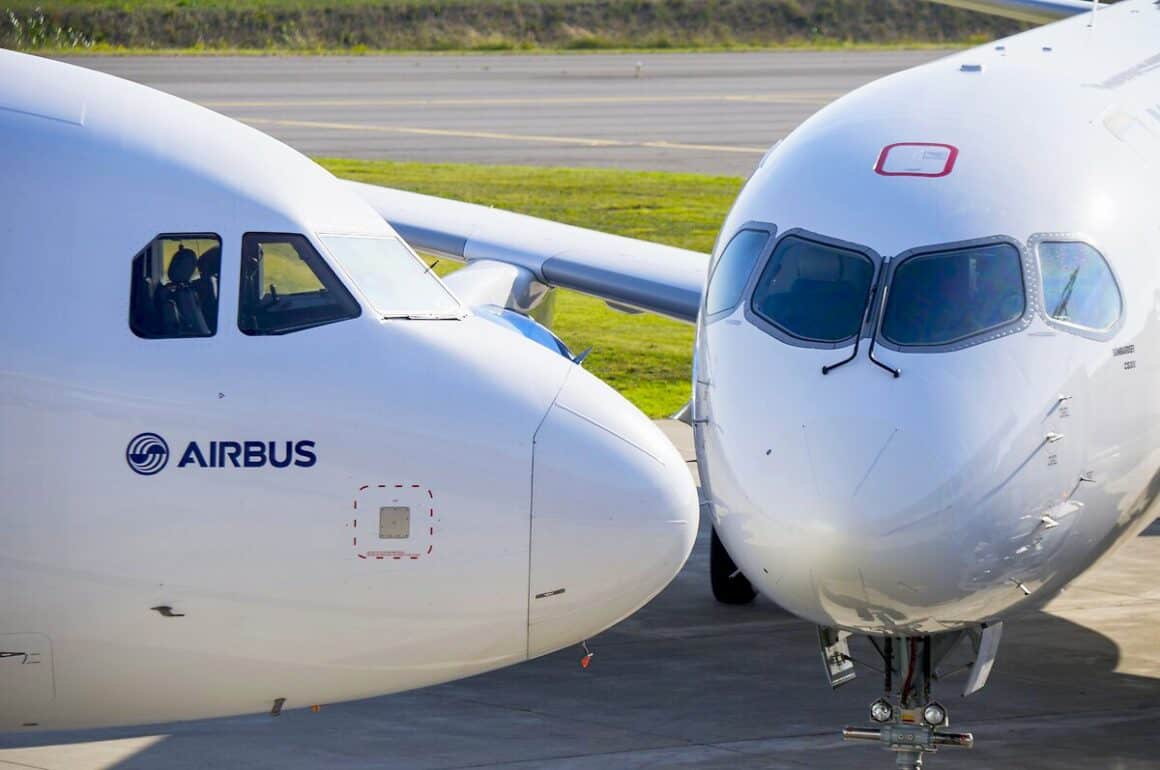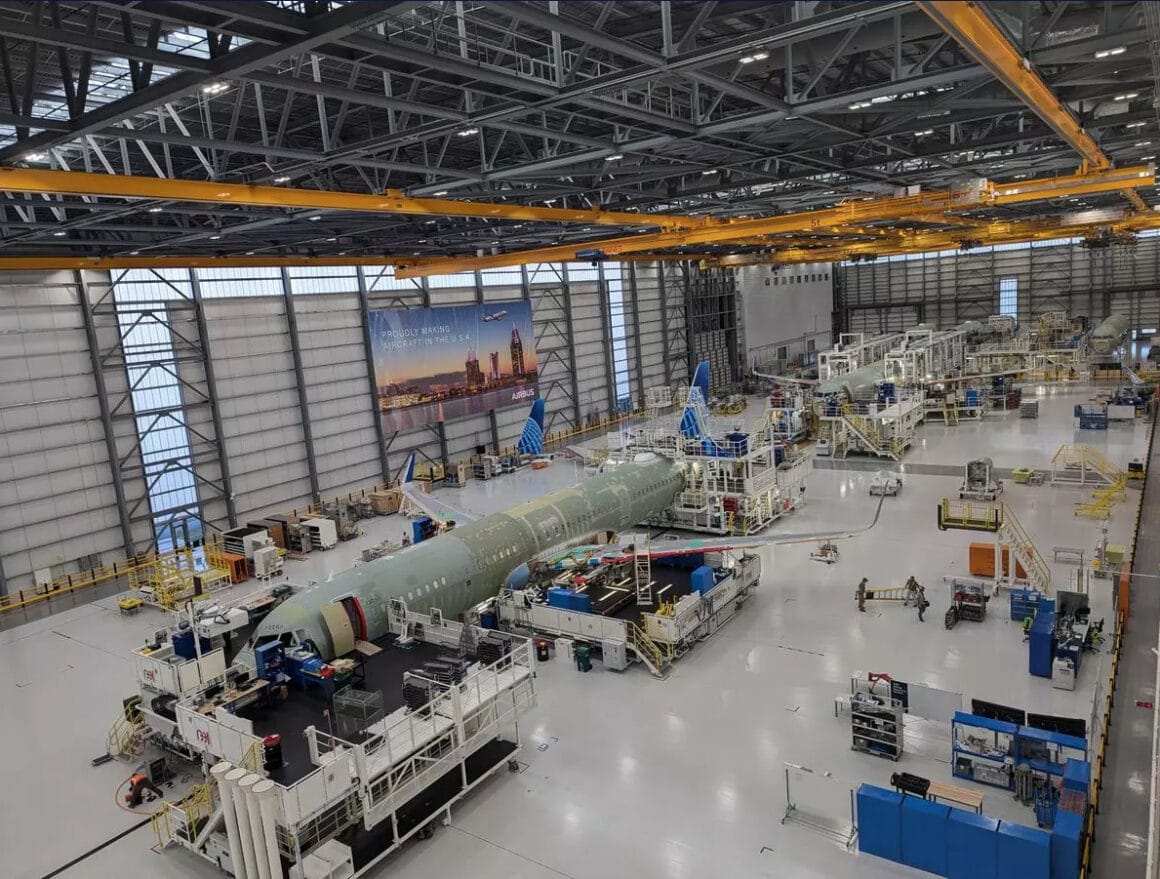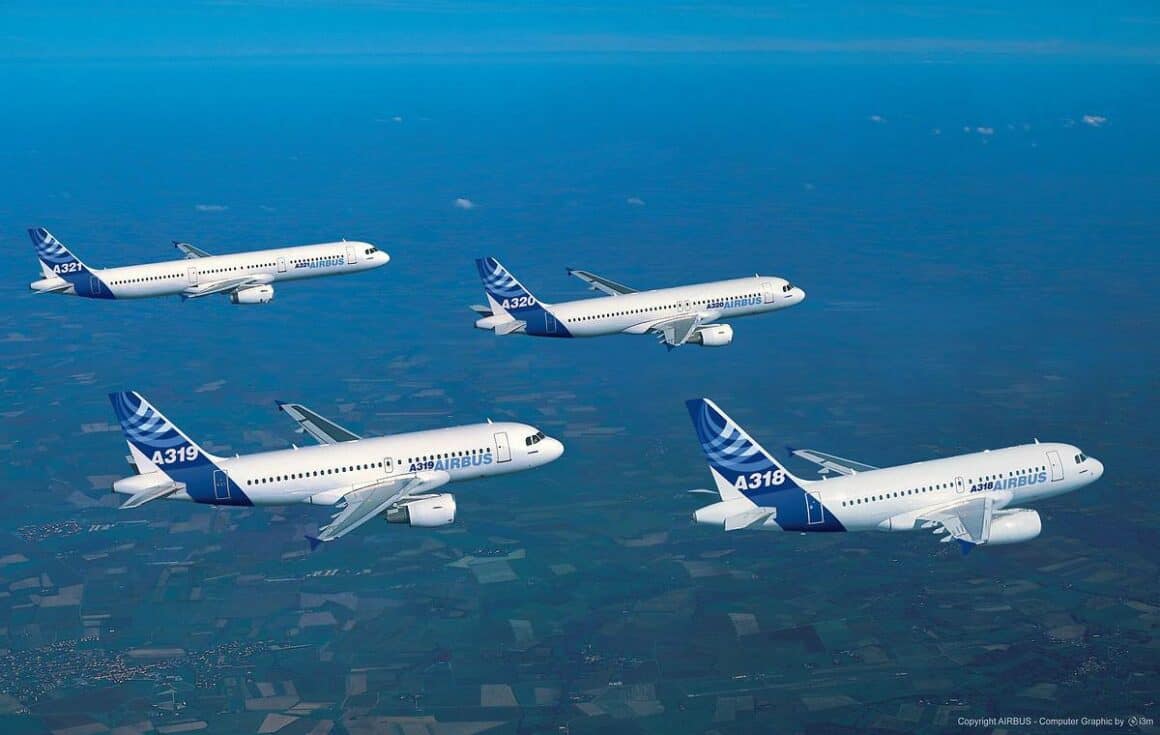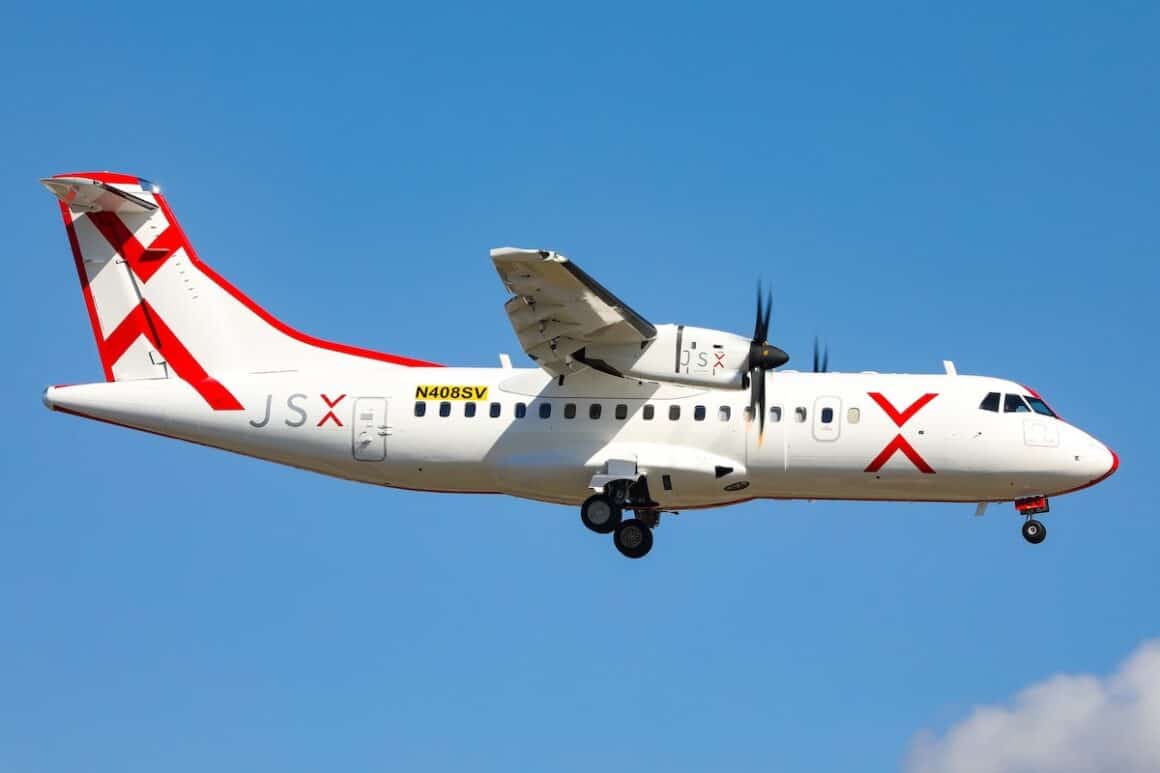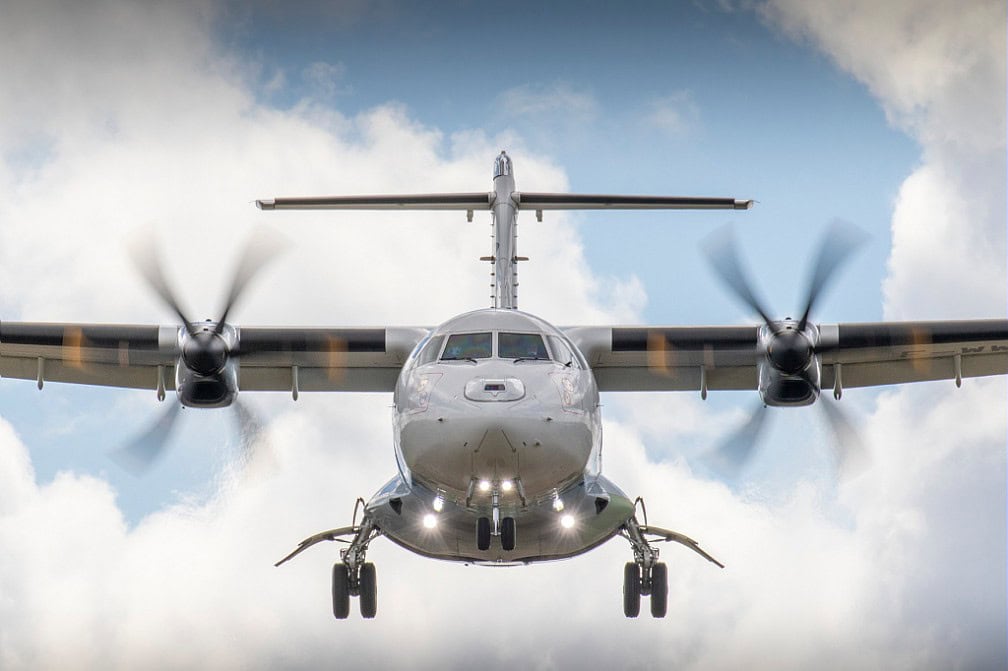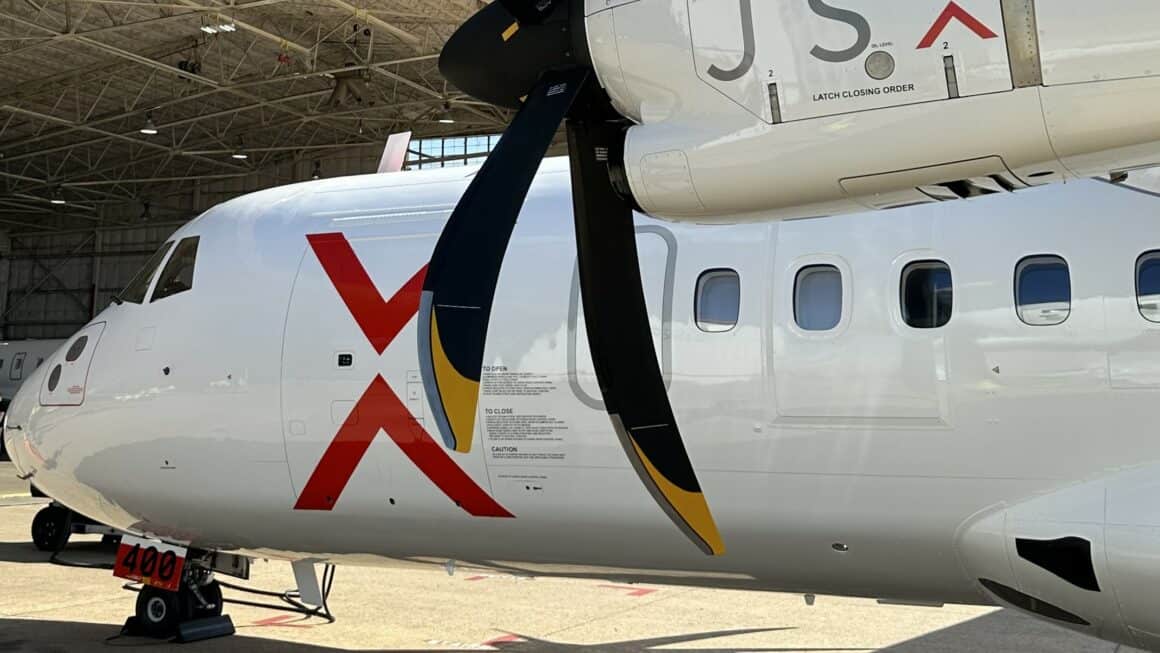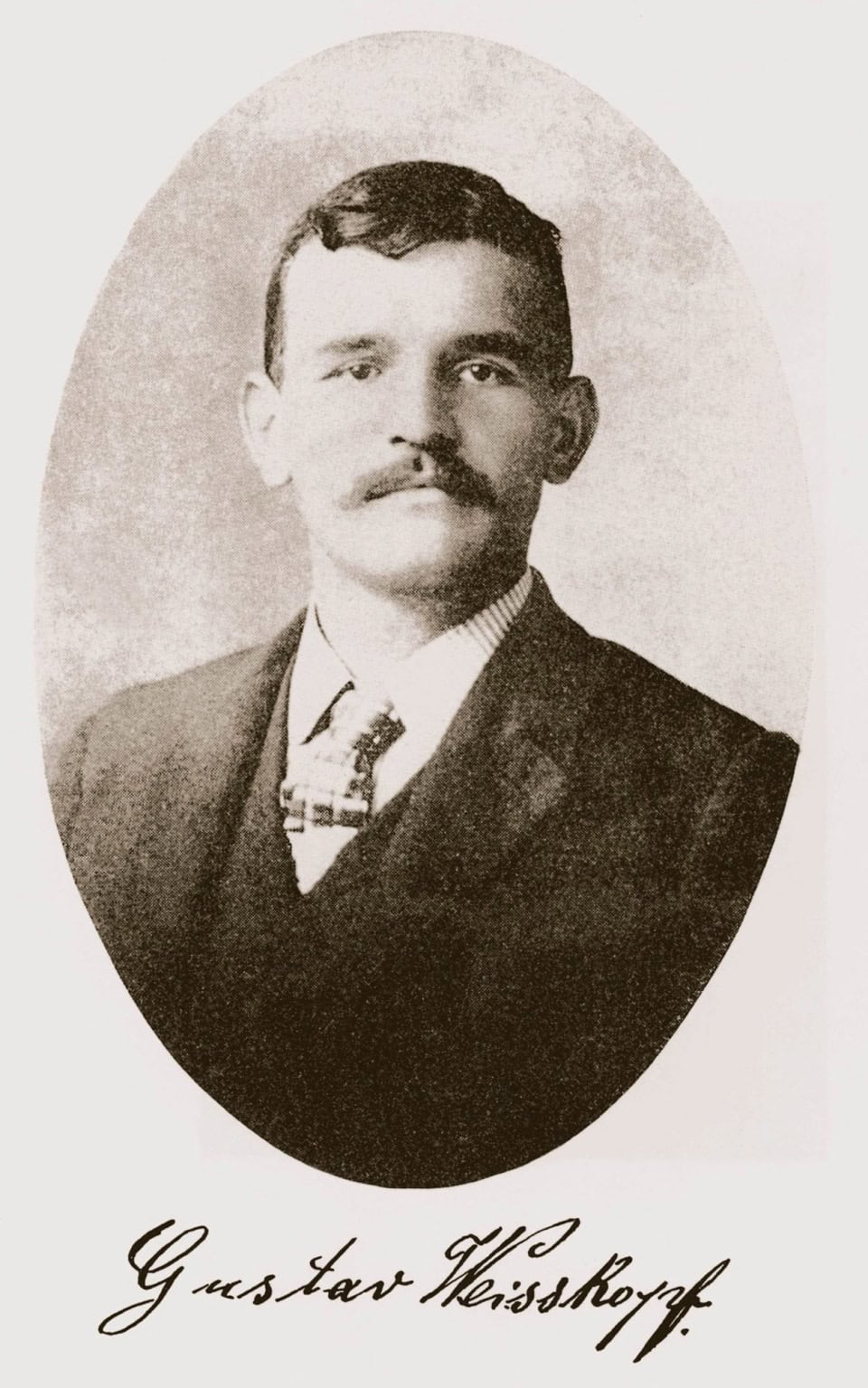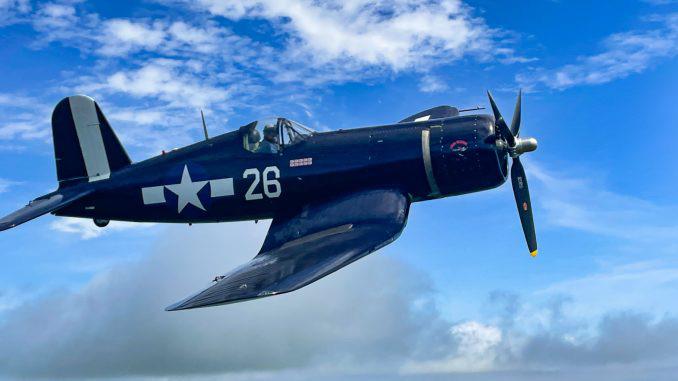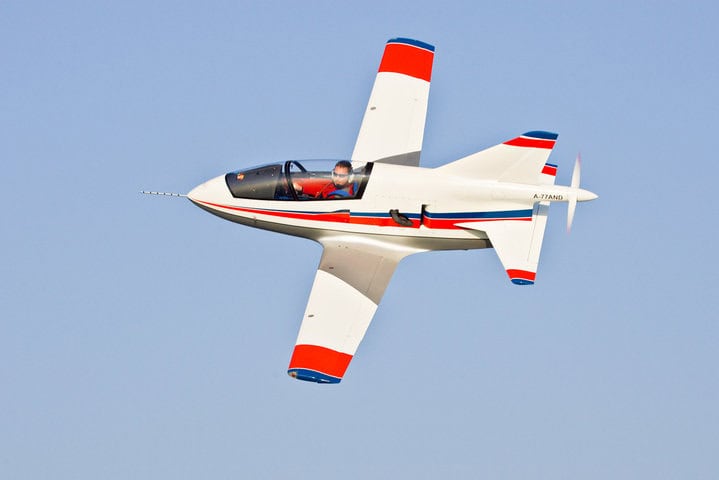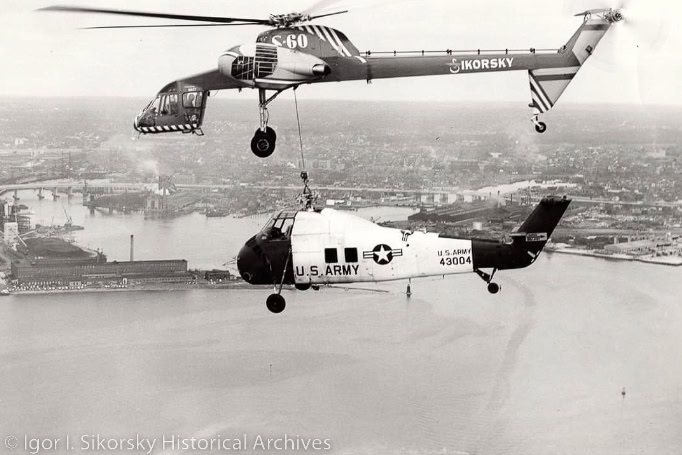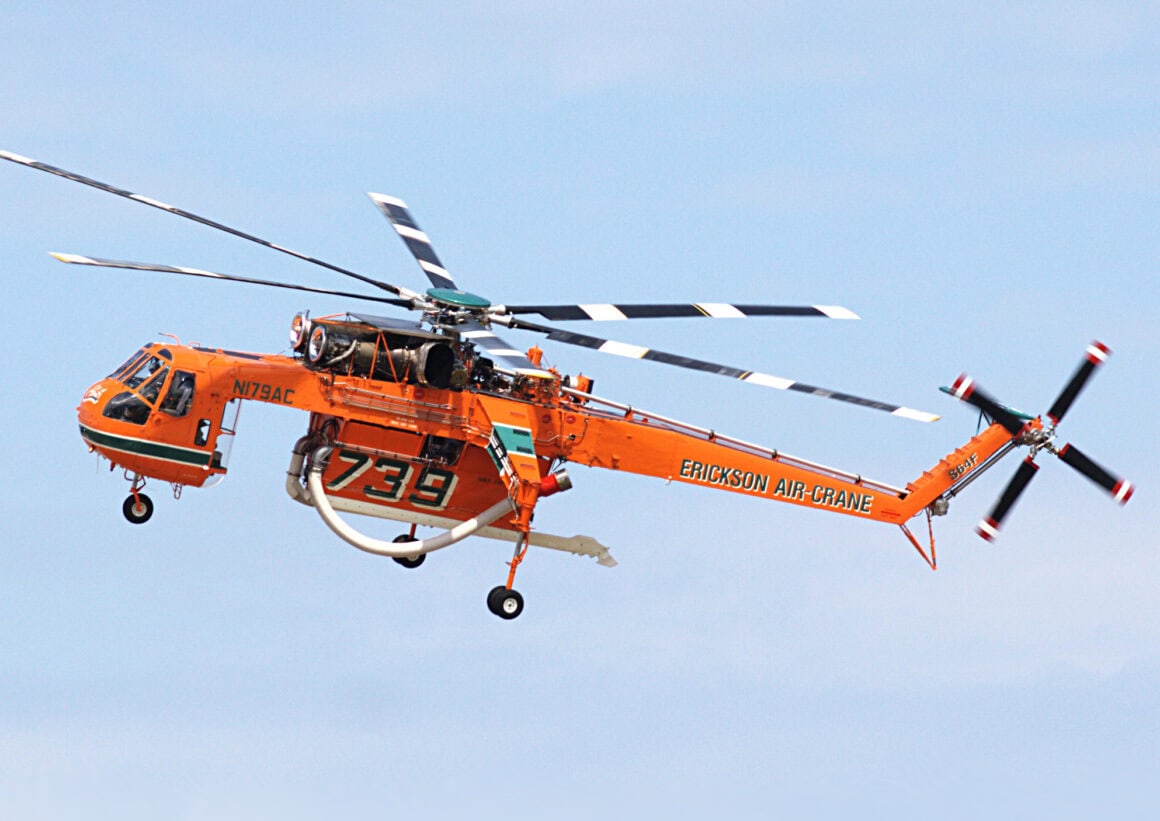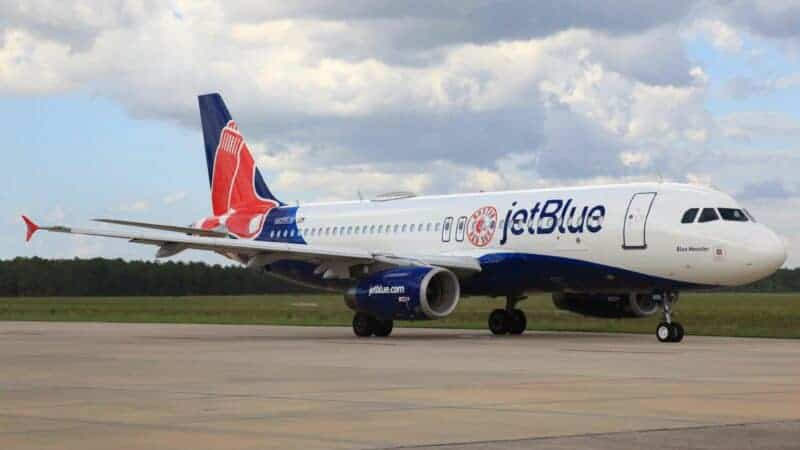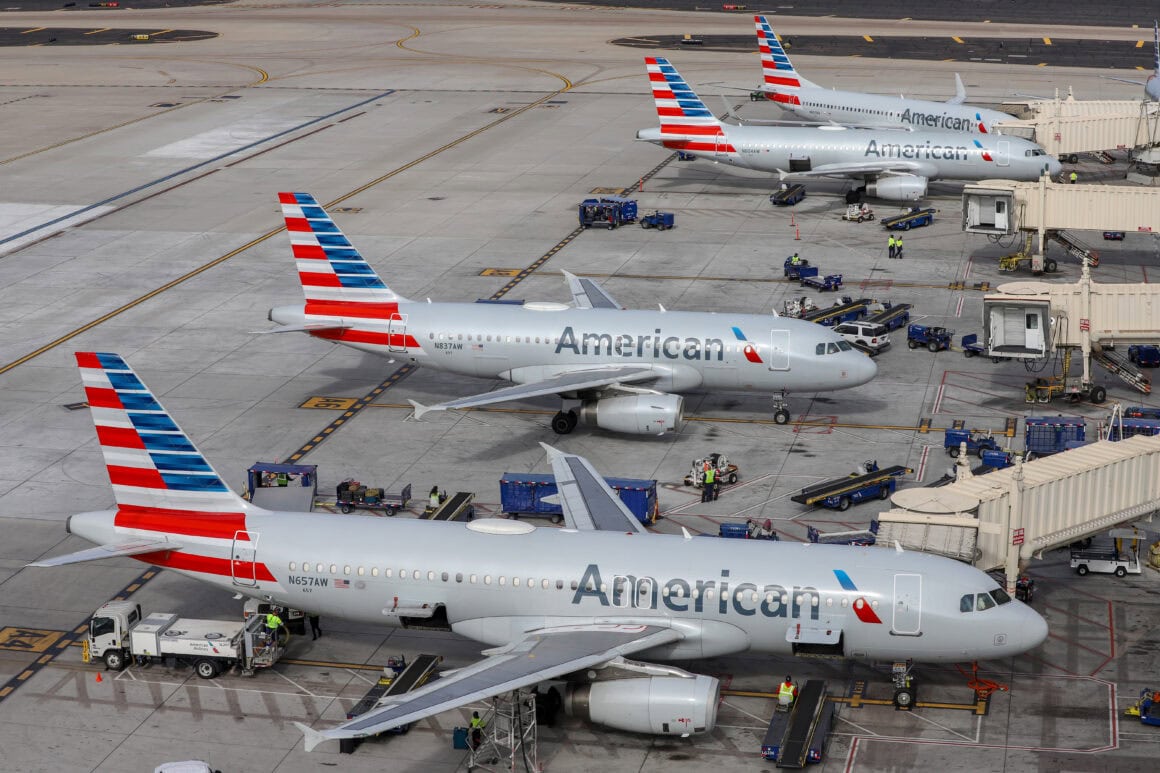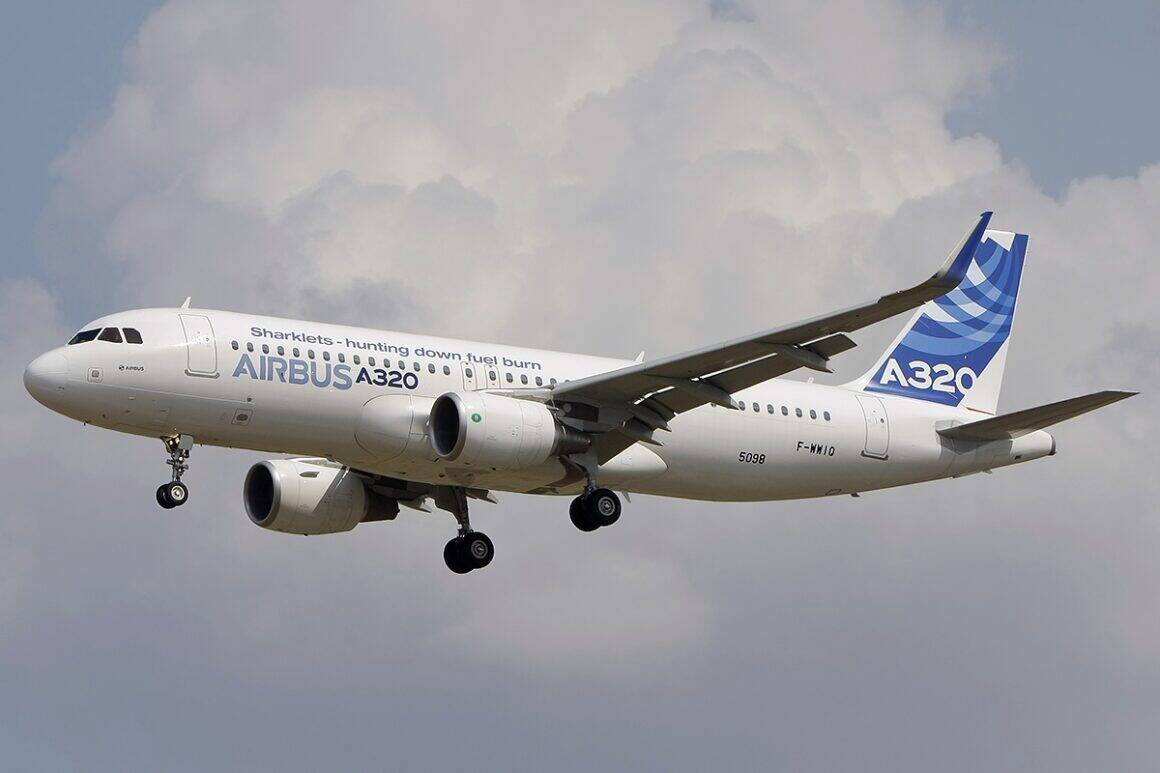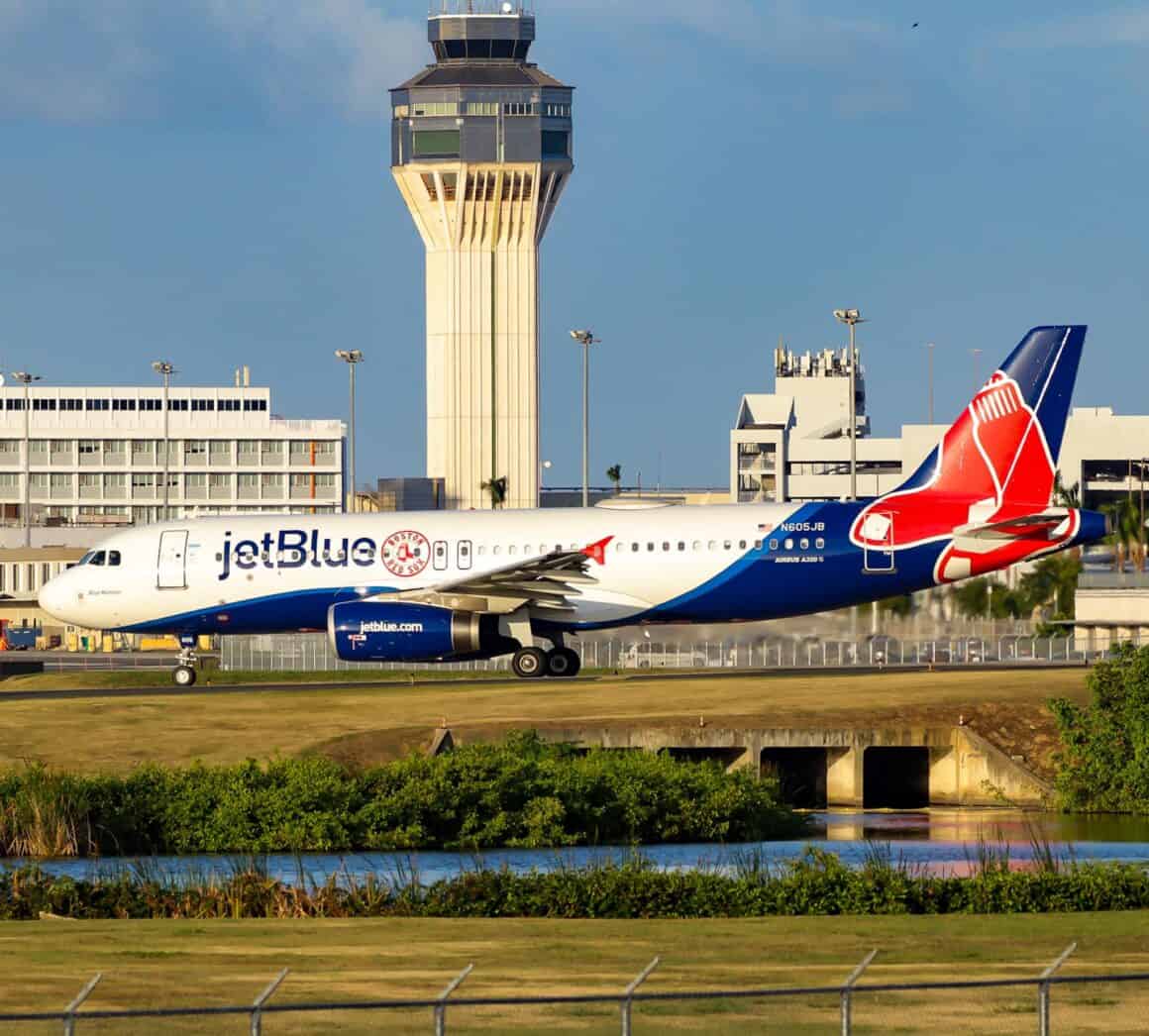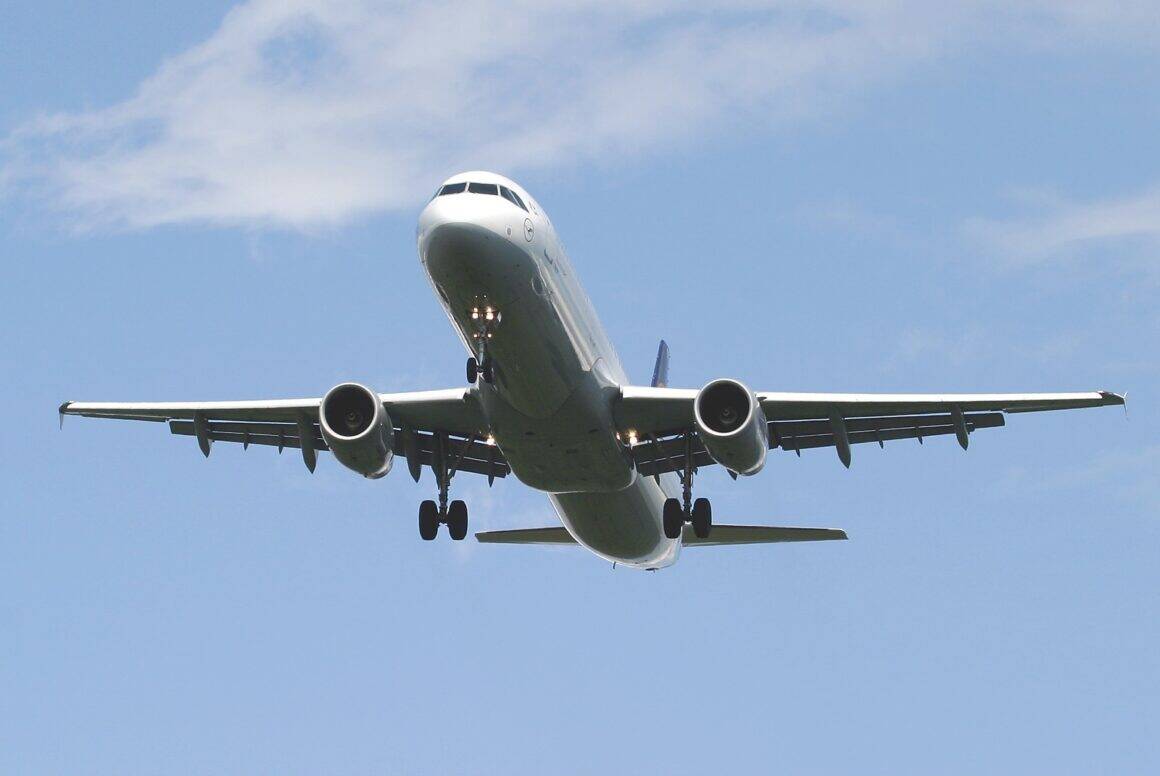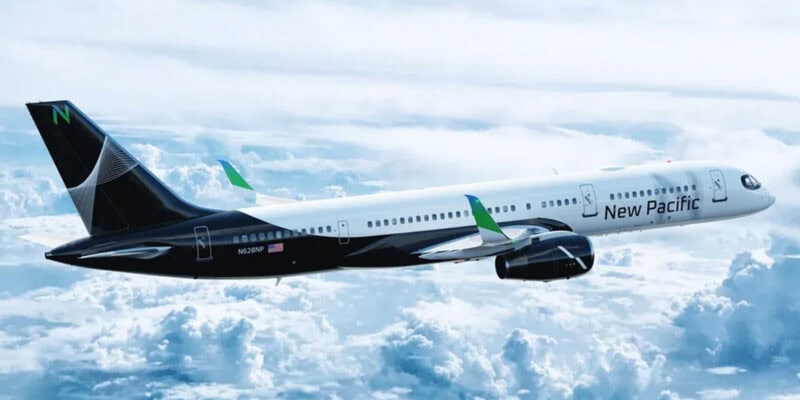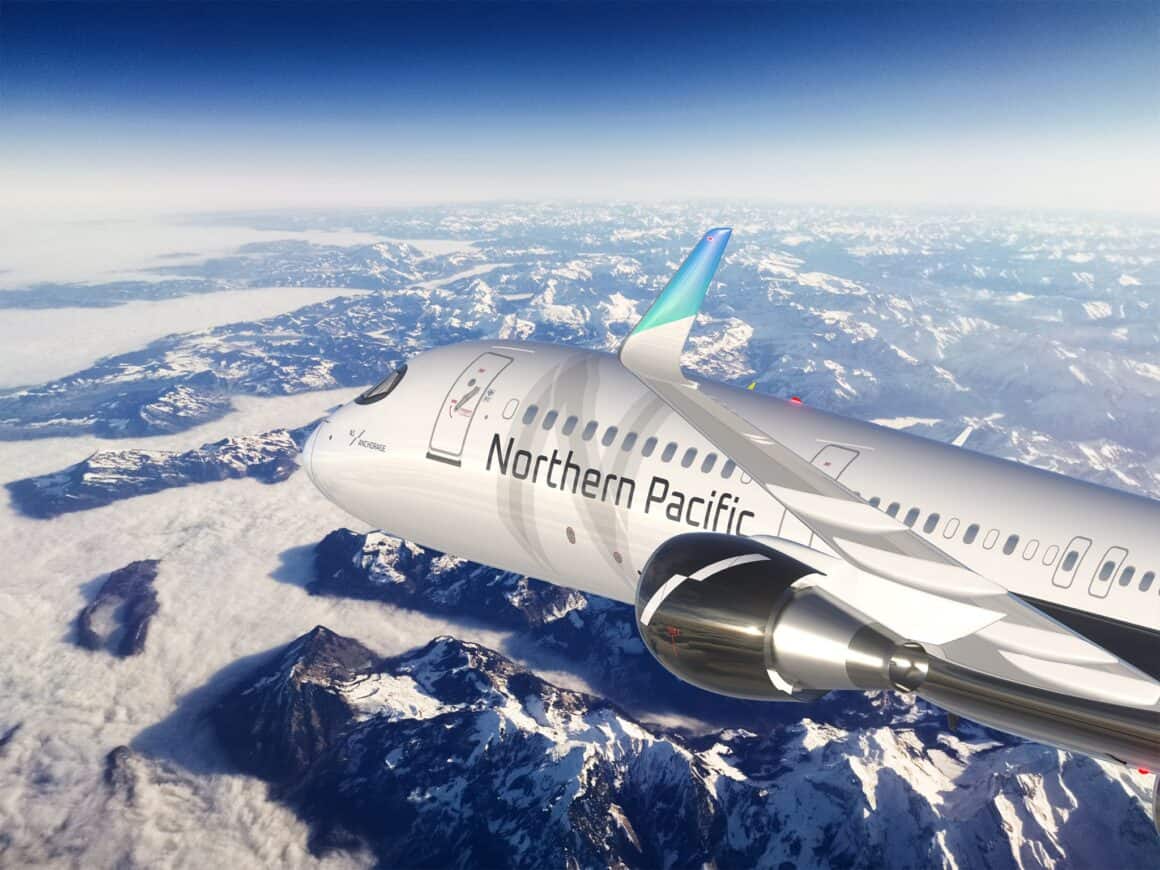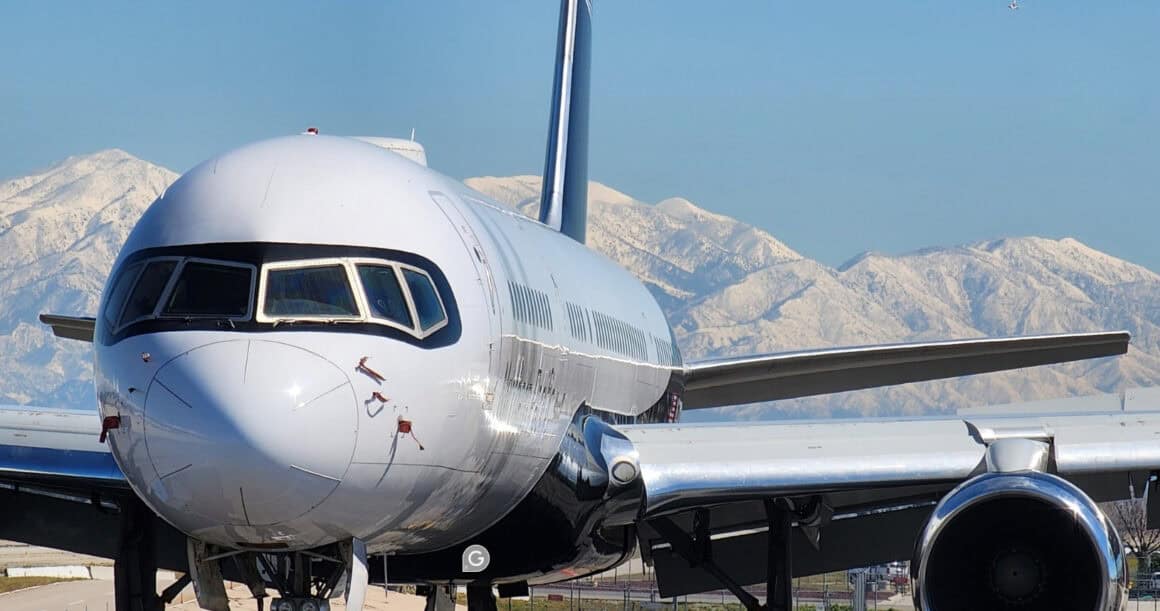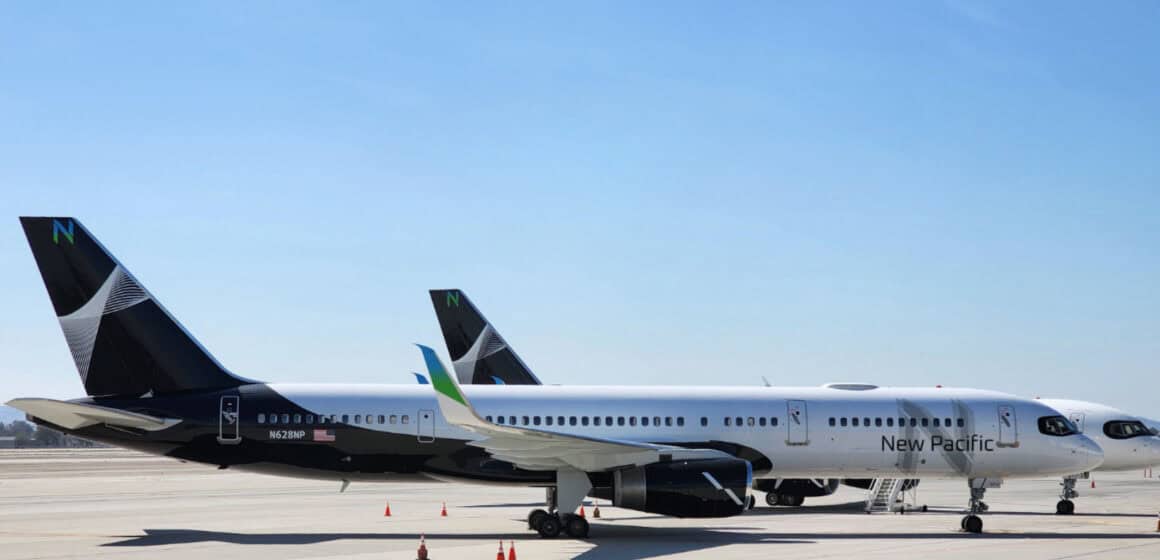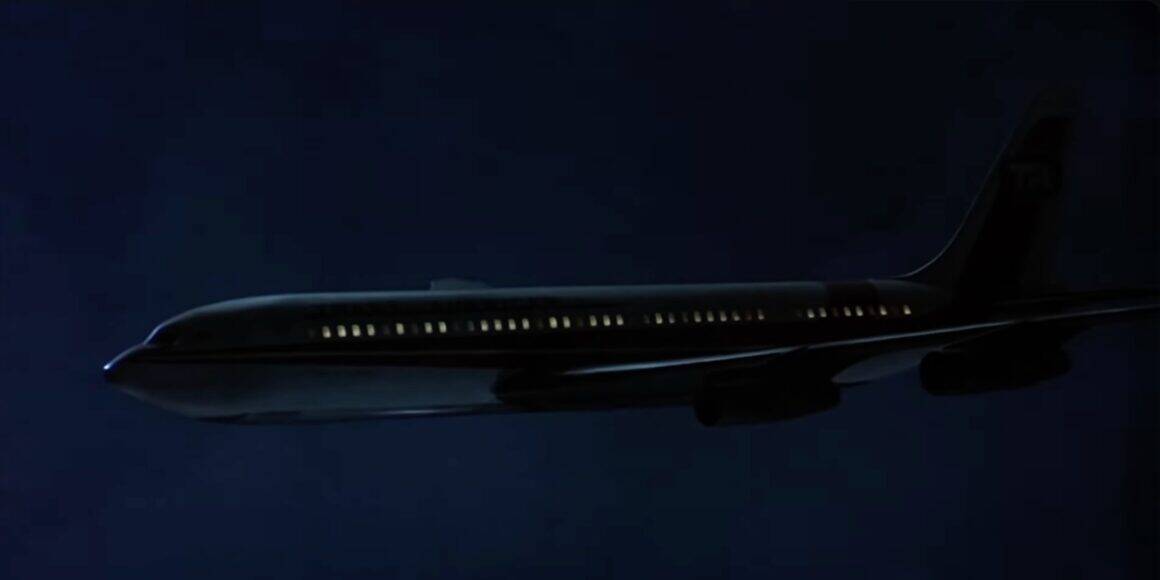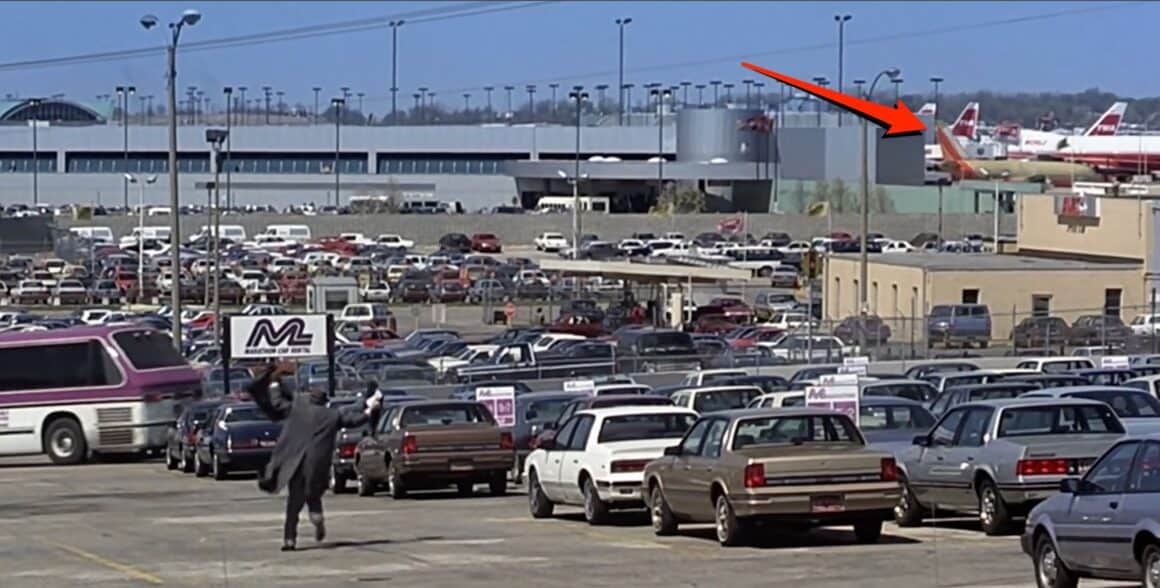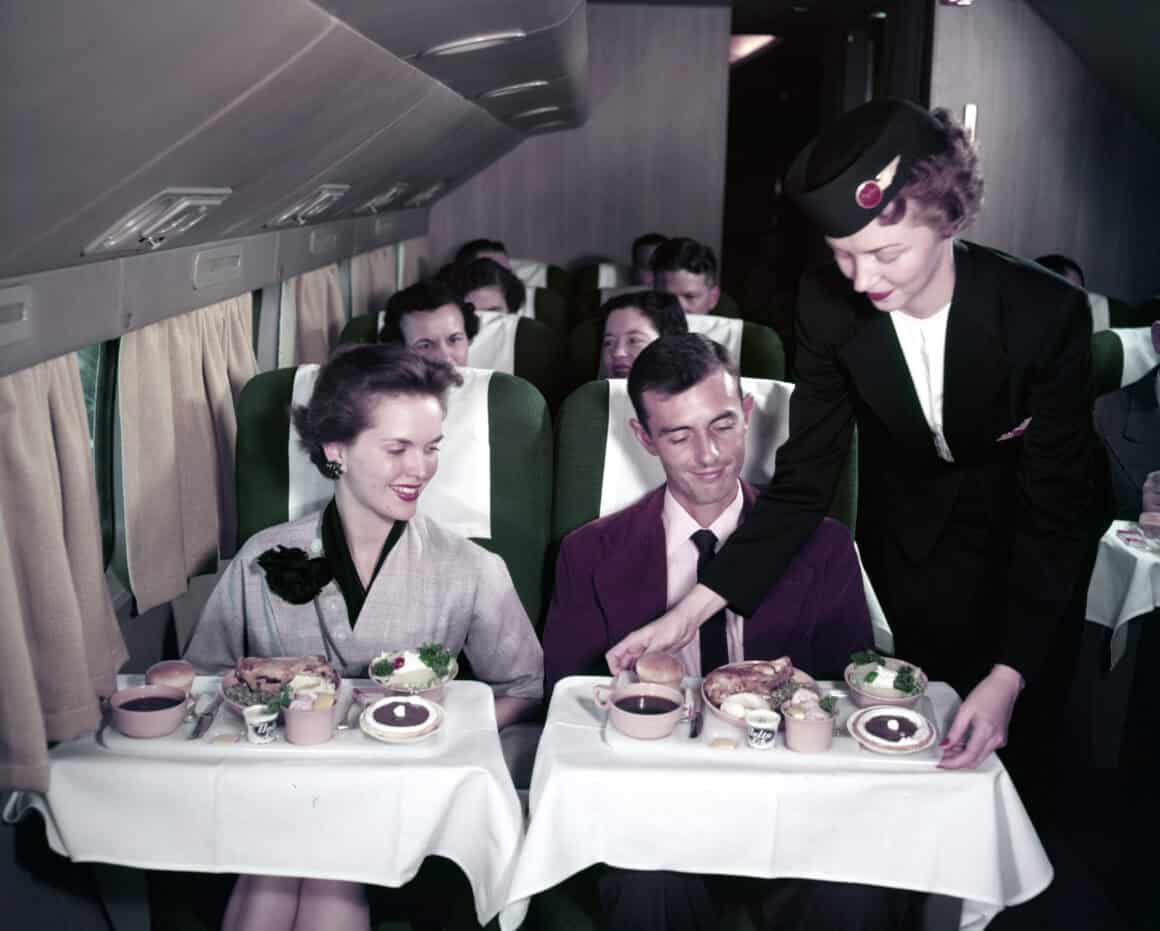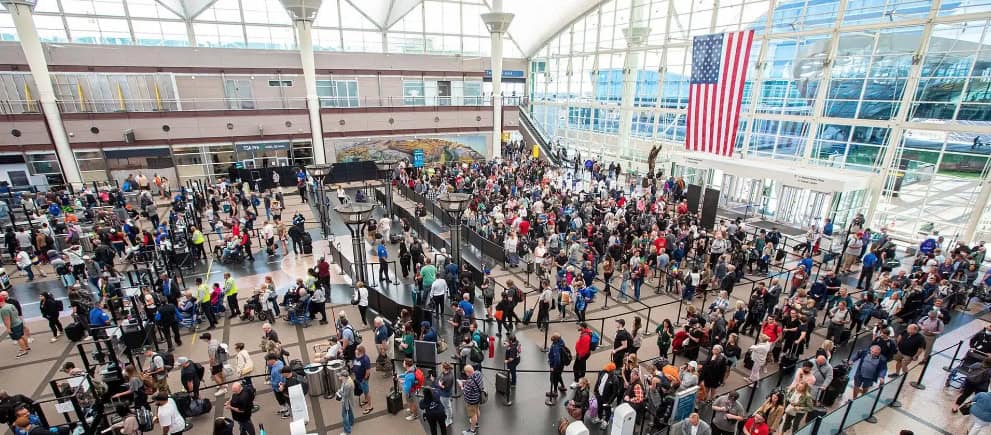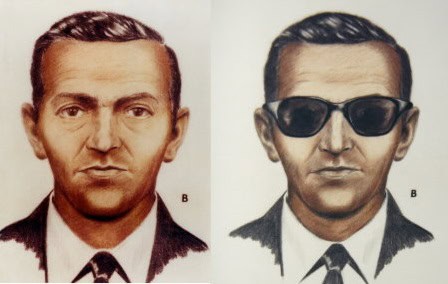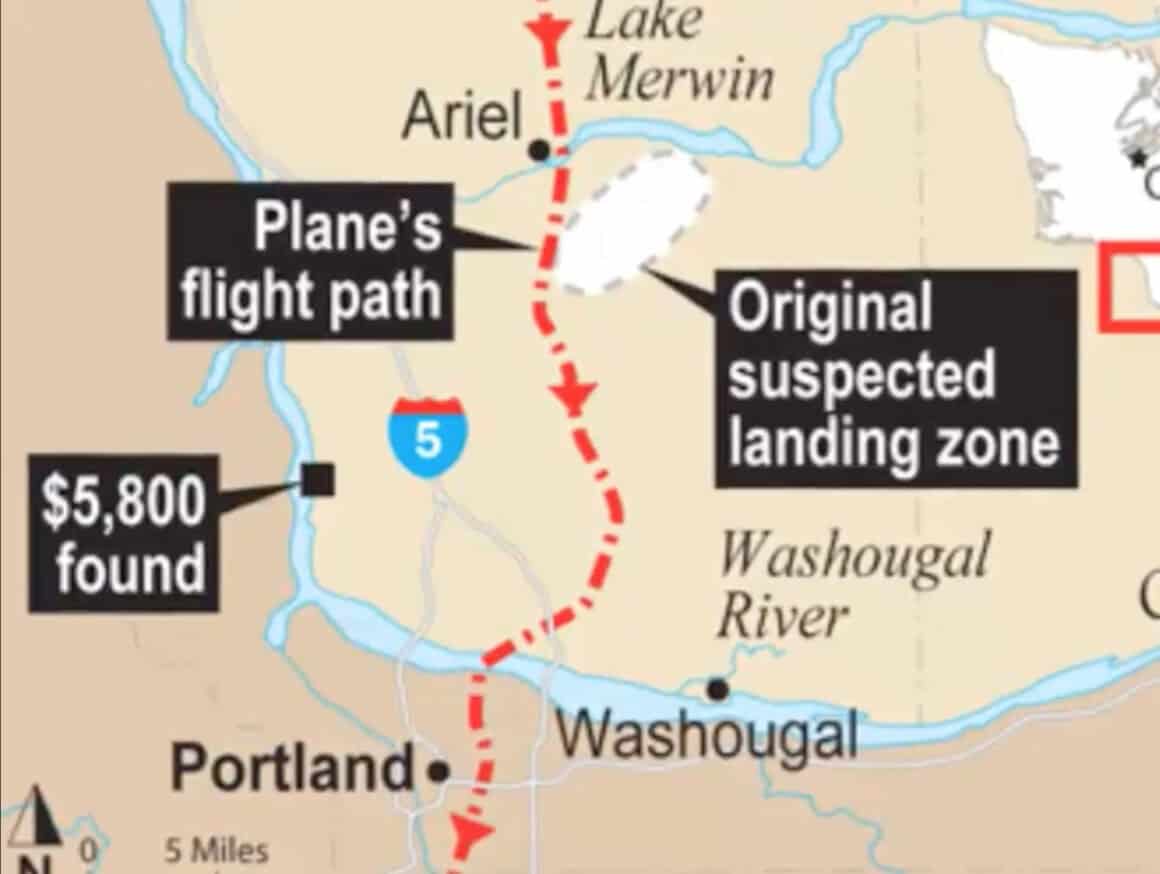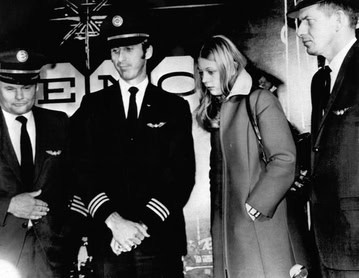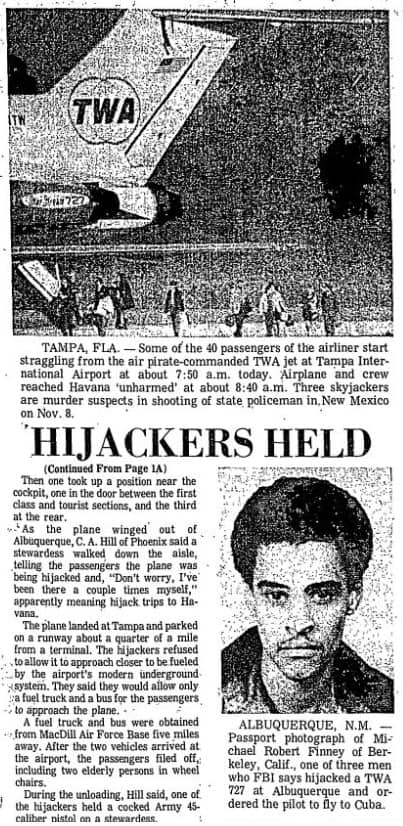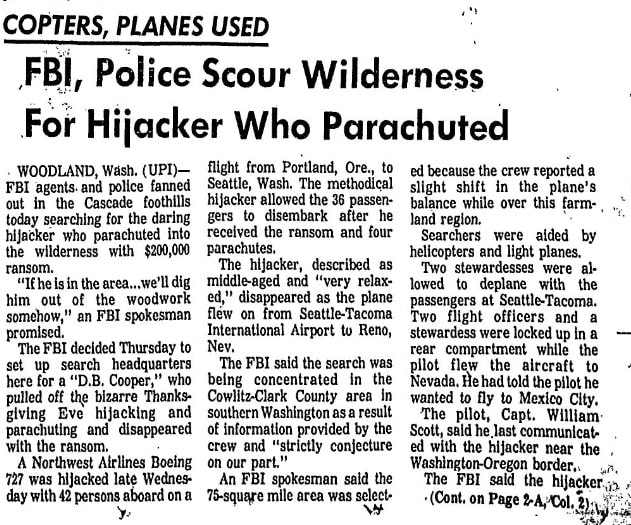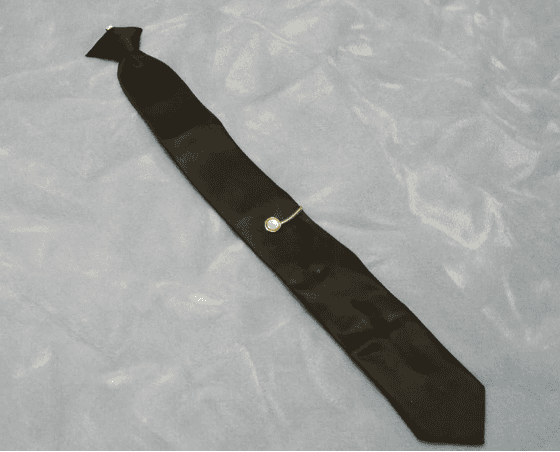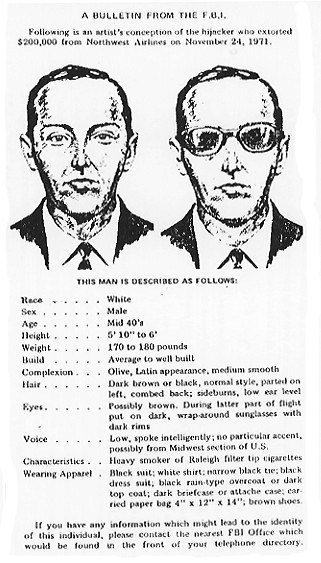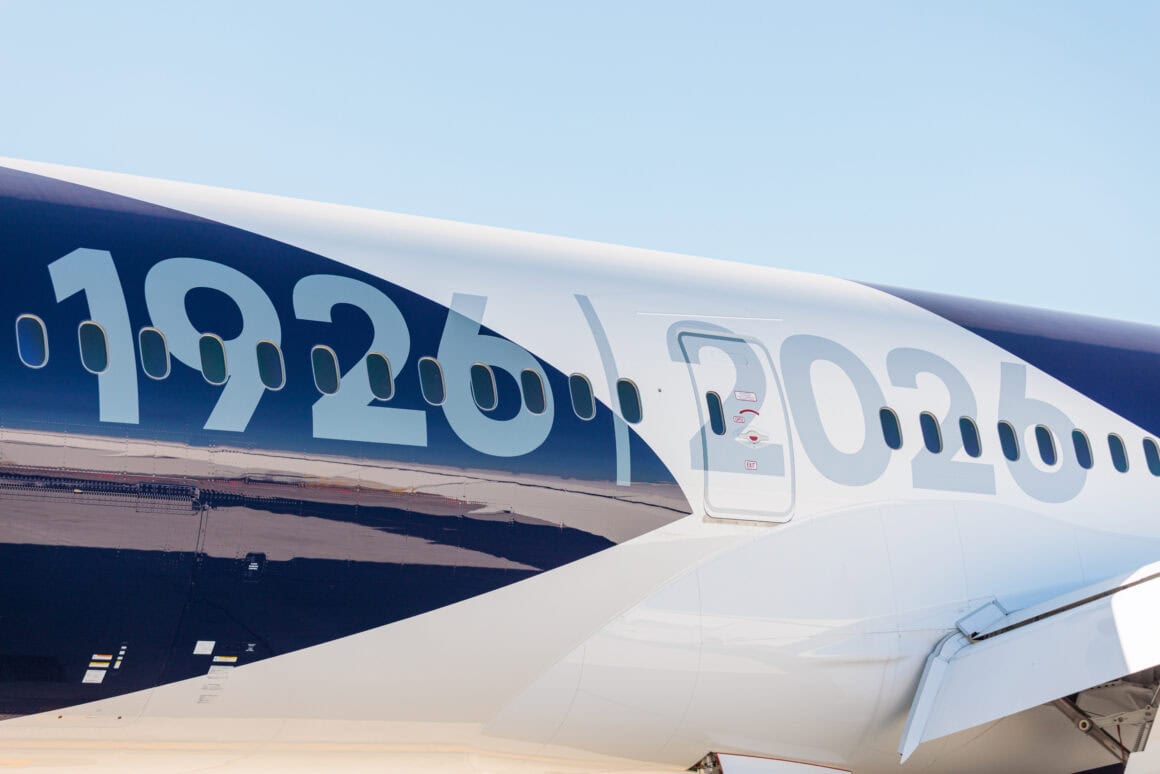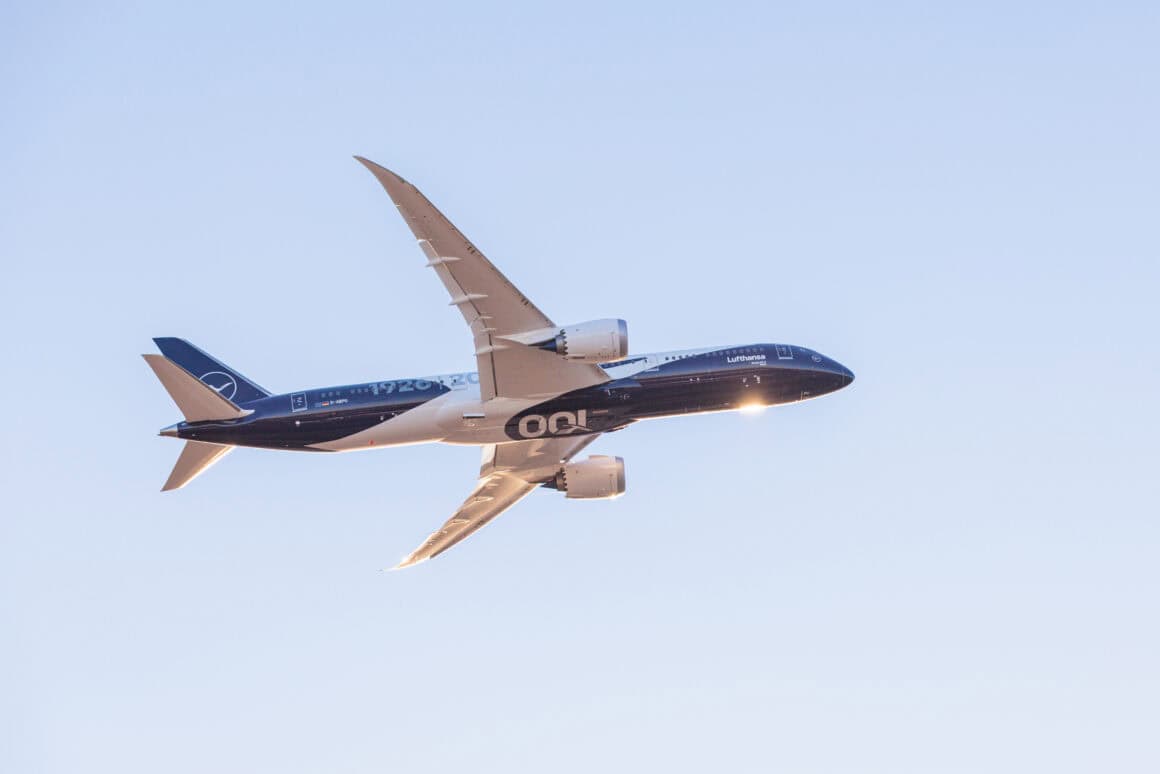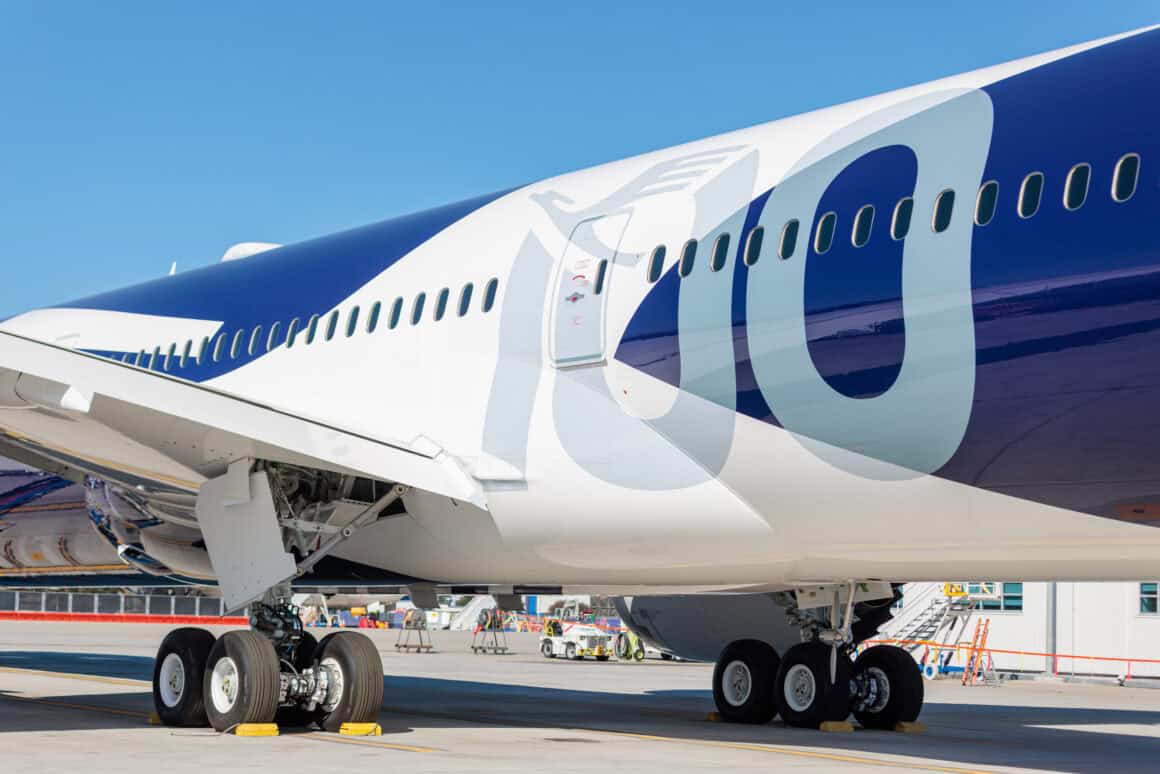The Switchblade Flying Car is back in the headlines, this time for a patent that tackles one of the biggest engineering hurdles in the flying car world.
Redmond, Ore.-based company Samson Sky recently secured its eighth patent, issued 19 November 2025, covering the Switchblade Flying Car’s tail fold and retraction system. In simple terms, the aircraft’s tail and propellers tuck into the body of the vehicle when it is driven on the road.
Why does that matter? Because flying surfaces do not love curbs, shopping carts, or drive-through lanes. And because the insurance industry does not love exposed control surfaces, navigating rush hour traffic. The Switchblade Flying Car’s approach is a mechanical solution to a very real-world problem that every flying car concept eventually has to confront.
How the Switchblade Flying Car Solves the “Where Do You Put the Tail” Problem

I have to admit…we’ve covered several flying car stories over the years here at Avgeekery. But the Switchblade might be the coolest one yet.
Why? Well, most flying car concepts run into the same wall: wings and tails are fantastic in the sky and a nightmare on a tight street. Samson Sky’s answer is a push-button retraction system that lets the Switchblade Flying Car collapse its tail and store it inside the vehicle. The wings also stow internally, which is how the whole machine fits into a standard garage.
Take a look at this incredible feature in the video below:
For anyone who has ever tried to park a Cessna inside a rented storage unit, you understand that this is not a small detail. The Switchblade Flying Car is designed to live in the same spaces as normal vehicles, which is probably the only way a roadable aircraft ever becomes part of daily life instead of a hangar queen.
Performance That Looks Less Like Sci-Fi and More Like an Actual Two-Seat Aircraft

The Switchblade Flying Car is not trying to out-muscle a Cirrus or outrun a Tesla, but the numbers are respectable. It cruises at around 160 mph, has a projected range of roughly 450 to 500 miles, and uses premium auto gas (91 octane) instead of avgas. Maximum driving speed sits north of 100 mph.
What makes the Switchblade Flying Car interesting is not its top-end performance, but rather the hybrid nature of its Skybrid propulsion system. It uses regenerative braking, can apply reverse thrust to keep the vehicle straight on wet runways, and integrates aerodynamic assist for approach and landing. These are features you do not usually see in the light sport or experimental space.
None of this will replace your Bonanza. But as a multi-role personal mobility vehicle, it is far more aircraft than novelty.

Yes, You Still Have to Build It

Since the Switchblade Flying Car falls into the Experimental Category, buyers have to build 51 percent of the aircraft. That sounds intimidating on paper, but Samson Sky tries to make it feel more like a guided project than a solo marathon. Owners complete their required portion at the company’s Builder Assist Center, where much of the process is already set up and streamlined. Most people are hands-on for about a week before their Switchblade starts looking less like a kit and more like a real aircraft taking shape.
Licensing is pretty simple. You drive it with a regular driver’s license (motorcycle or standard) and fly it with a private pilot certificate. Inside, the Switchblade Flying Car seats two, comes with modern avionics, and brings along safety features you do not usually see in roadable aircraft. There are front and rear crumple zones, roll-over protection, and even a whole-vehicle parachute. It feels more thoughtfully engineered than the usual “trike with wings” prototype. The cockpit has the safety mindset of a road vehicle and the instrumentation of a light airplane.
It aims to be the best of both worlds, not a compromise between them.
Reservations Are High, but That Comes with the Territory

Samson Sky reports nearly 2,700 reservations for the Switchblade Flying Car from more than 50 countries. Reservations are free. Deposits of $500 (USD) lock in delivery positions. Like many emerging aviation concepts, the pre-order numbers appear impressive, although the true test will be the production volume and long-term support.
Pricing starts at around $200,000 for the base version, with premium and custom variants increasing significantly higher (the Switchblade Special Edition starts at $330K, while the Limited Edition – which allows customization – starts at $770K). The company also hints at future special-use models, such as a winterized Snowbird and a rugged Aurora version for short-field operations.

First Flight: Not Just a Hop, but a Full Test Profile
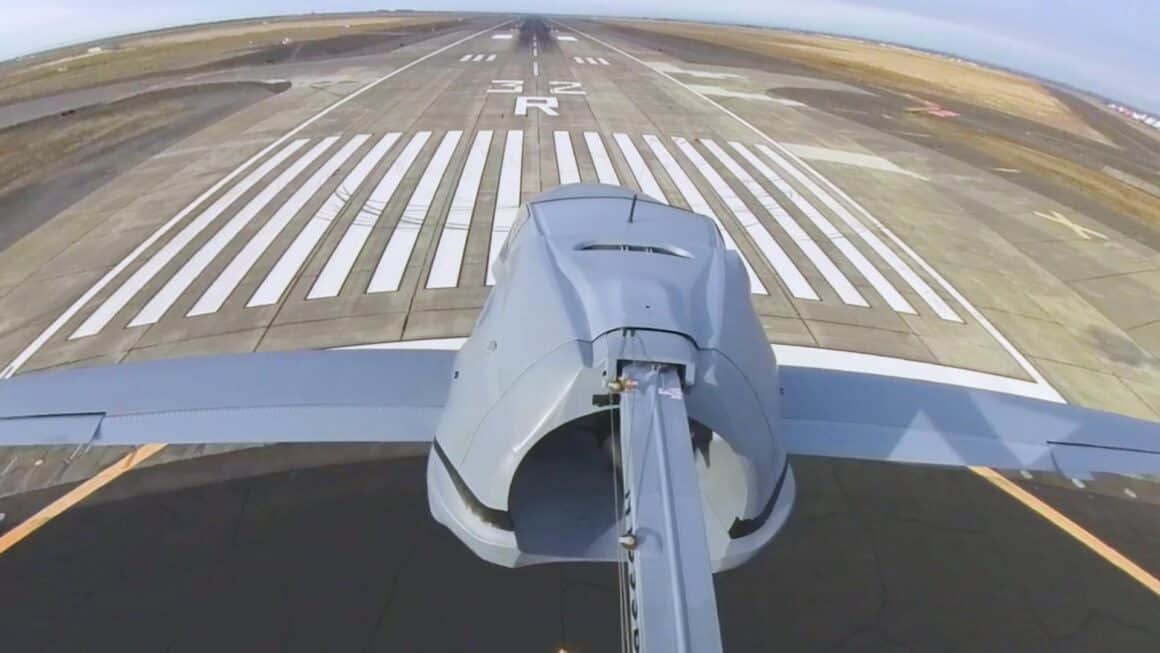
The Switchblade Flying Car made its official first flight on 5 November 2023 at Grant County International Airport (MWH) in Moses Lake, Washington.
The flight was an actual flight, too…not just a token hop where the machine lifted off the ground for a few seconds. Test pilot Robert Moehle flew a complete six-minute pattern at 500 feet, evaluating control authority, stability on all axes, flap effectiveness, and general handling before returning to land on runway 32R.
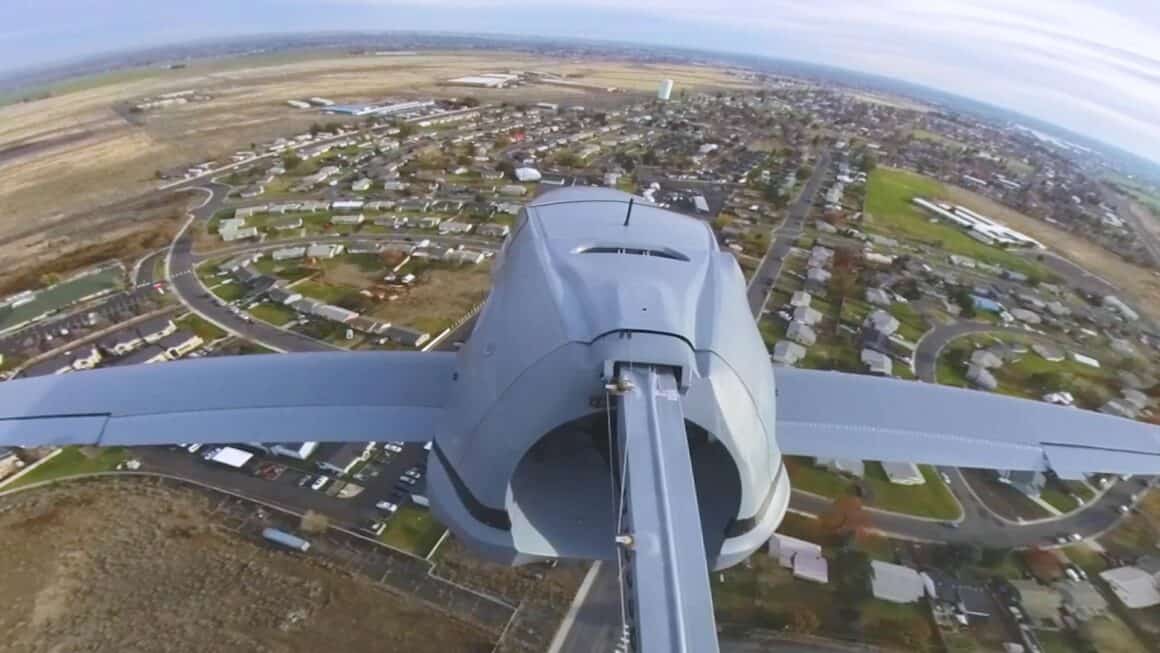
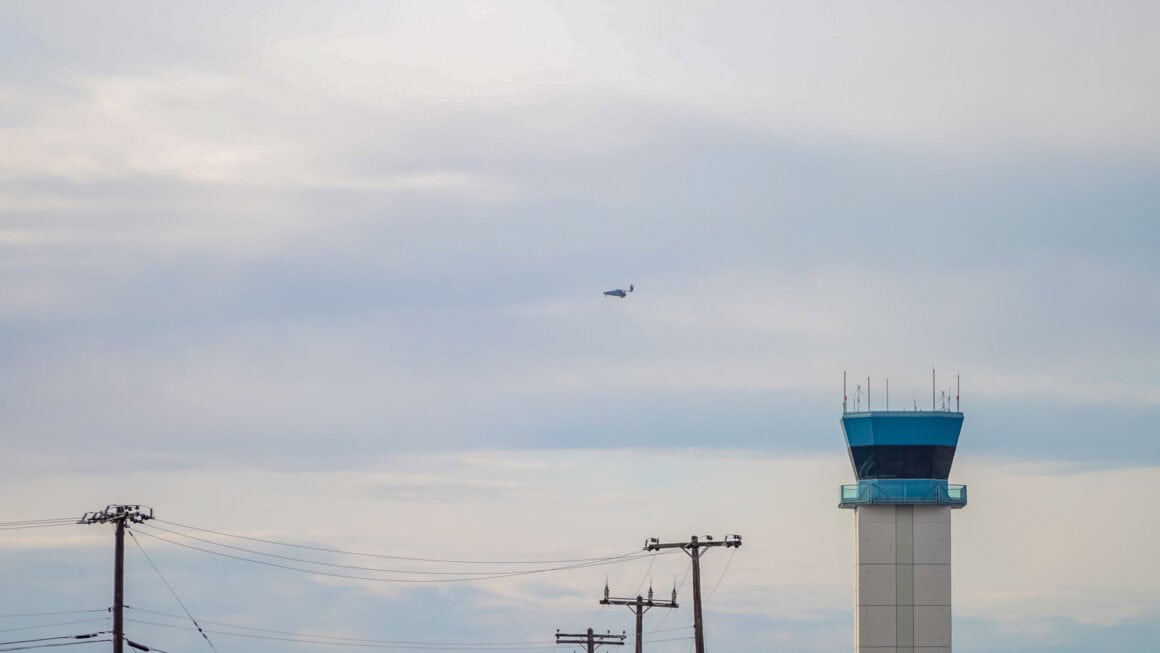
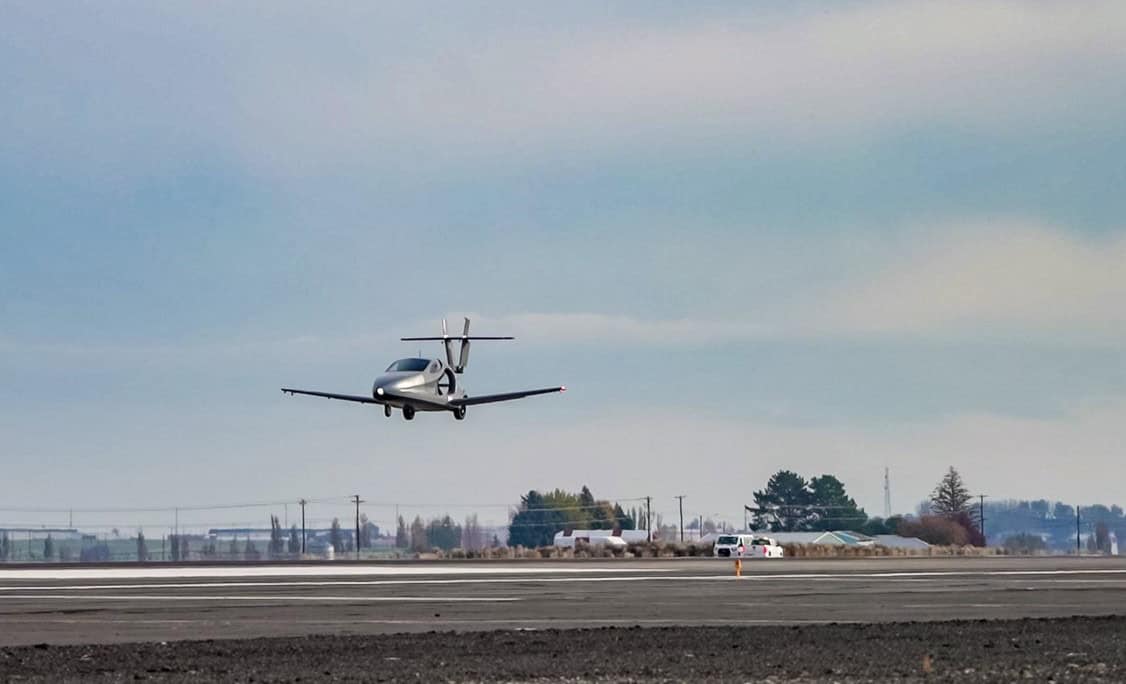
For a company in the flying car space, which is littered with design mockups and animated renderings, a legitimate test flight is a meaningful step.
The Switchblade Flying Car has moved beyond concept art and into the realm of actual flight testing, which is where a lot of ideas either mature or fall apart.
Watch the footage of the first flight in the video below.
Why the Switchblade Flying Car Matters More Than Its Hype

Flying cars have been teased for nearly a century and have failed for almost as long. What makes the Switchblade Flying Car notable is not that it promises a Jetsons future. It is that it is grounded in the limitations of real aircraft, real roads, and real users.
It tries to solve the parking problem. The insurance problem. The licensing problem. The runway problem. The infrastructure problem. And while the final product is still evolving, the Switchblade Flying Car is one of the few entries in this space that appears to have been designed with pilots and drivers in mind, rather than venture capital daydreamers.
Whether it becomes a mainstream mobility tool or remains a niche experimental aircraft for enthusiasts, it is pushing the conversation forward in ways the industry has not seen in years.
And that alone earns the Switchblade Flying Car a spot on the AvGeek radar.




